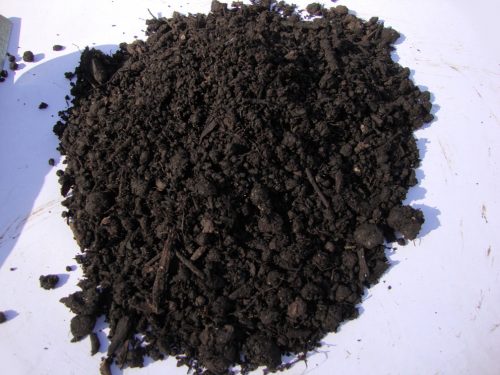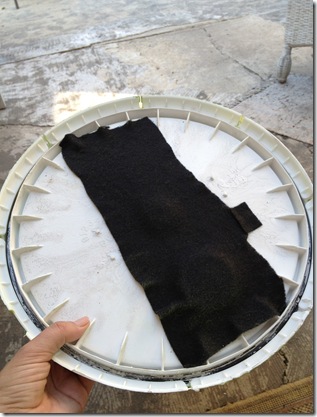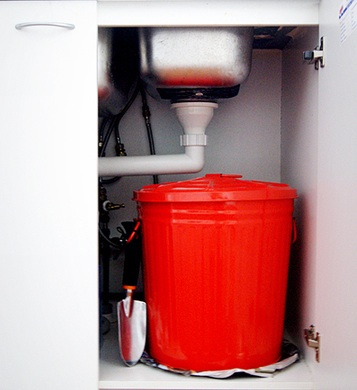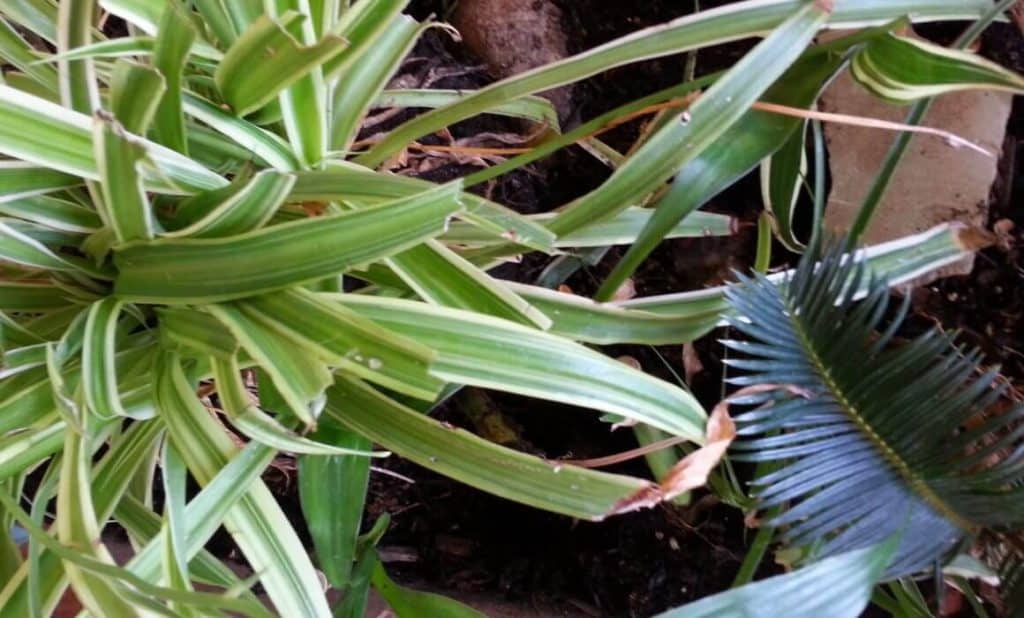If you are a fan of living sustainably you have most likely felt the urge to reduce your waste and begin composting. But living in New York City often leaves residents without much outdoor space. A large part of Green Building in Brooklyn involves meshing innovative techniques with salvaged materials, which is why do-it-yourself composting is a fantastic solution to a massive problem. Eco Brooklyn is a big fan of “Passive House” philosophy and indoor composting is as energy conscious as it is environmentally friendly. Composting indoors sounds, or rather “smells,” fishy right? In fact if your compost is smelly it’s probably not functioning correctly.

Composting is a simple process by which organic material, mostly complex carbon and nitrogen molecules, are broken down to produce the basic building blocks to support plant like organisms. This compost or “black gold” is essential to reducing the wasted-tons of organic material sent to landfills every time one throws away those banana peels, coffee grounds and filters, or even used paper towels.
With a little human energy and a bit of patience, one can easily turn their two-pound-per-day organic waste into nutrient rich soil for their house plants or garden. The first step is to find a suitable container with at least four cubic feet of volume; basically a trash can with a diameter of 1.5’ and a height of 2’. The container should be salvaged or recycled, must have a lid, and bigger is better if you have the space.
This compostee used an old paint bucket and found a solution to reducing those pesky fruit flies. Her method suggests adding felt to the inside of the aeration holes to prevent any unwanted invaders. I imagine using the activated carbon mesh found at pet stores for cat litter boxes would also do the trick while reducing any unwanted odors.


Next you will want to find a suitable tray to place underneath the compost bin with some newspaper in case of spillage. The bin should be place in a dark place for best results. Usually under the kitchen sink or on the floor of a pantry will do. Add some soil from anywhere, except near the Gowanus.
Then mix in around four pounds of red worms, depending on how much suitable waste you generally produce, as they will eat about half their weight in material every day. Aeration holes are critical as they allow oxygenation for the worms and the aerobic (need oxygen) bacteria. Foul smelling compost is usually due to “anaerobic” (do not need oxygen) bacteria, so make sure to churn your compost once a week and have at least a dozen ½” size holes in the lid or the top sides of the bucket.
What can you add to your compost bin? Here is a great list of 81 items suitable for composting. Keep in mind that a higher concentration of carbon rich material; “brown stuff”, newspaper, paper towels, wood clippings, will prevent ammonia smells caused by the anaerobic breakdown of nitrogen rich material; “green stuff”, fruit, veggies, coffee grounds.

Composting generally takes a few weeks, but this wait is very rewarding. It is probably best two have at least two bins as one will get full after a couple weeks and it will need time to mature, which is a great time to start your second compost bin. Also make sure to add “brown” material with your “green” stuff and sometimes a little water if it is too dry or newspaper if it is too wet. Then churn, churn, churn, because there is always a season for composting.
Too much compost? Donate your extras to a local farm or farmers market. The NYC Green Markets are also happy to take your clippings, and “green” waste for composting.
-Anthony Rivale






